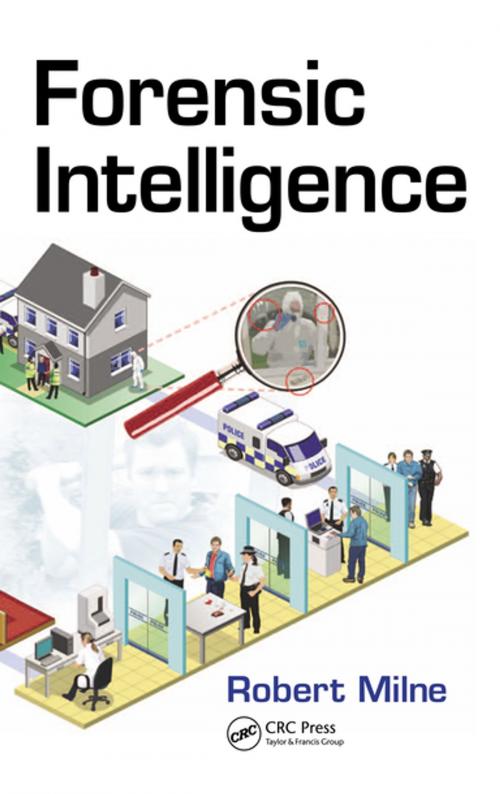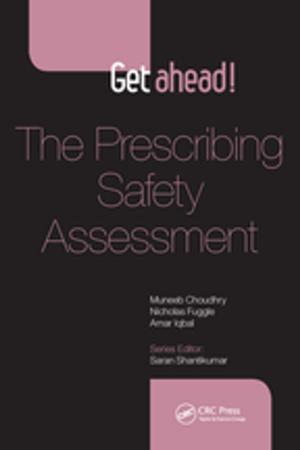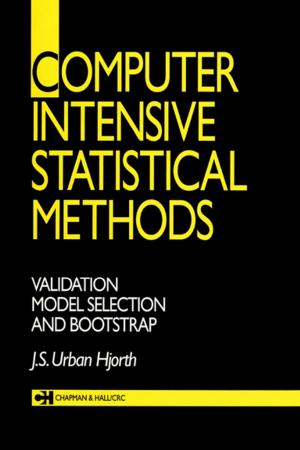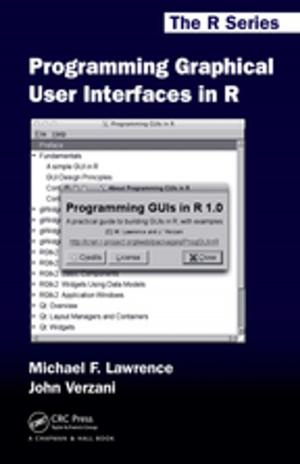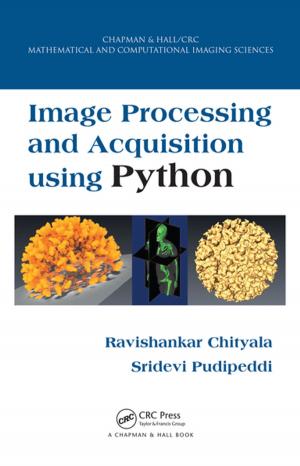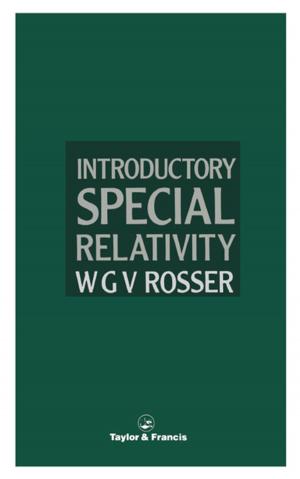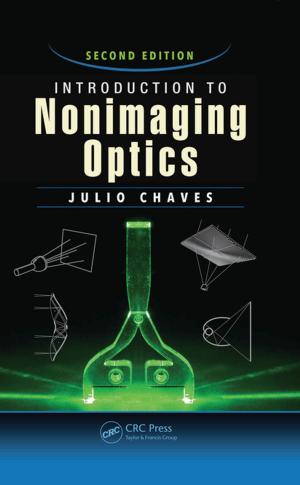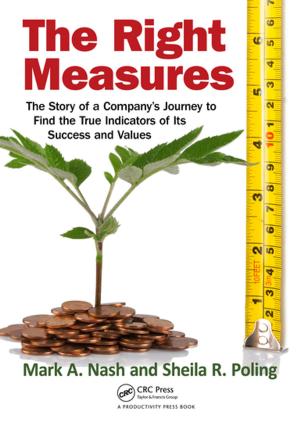Forensic Intelligence
Nonfiction, Reference & Language, Law, Forensic Science, Social & Cultural Studies, Social Science, Crimes & Criminals, Criminology| Author: | Robert Milne | ISBN: | 9781466575905 |
| Publisher: | CRC Press | Publication: | August 28, 2012 |
| Imprint: | CRC Press | Language: | English |
| Author: | Robert Milne |
| ISBN: | 9781466575905 |
| Publisher: | CRC Press |
| Publication: | August 28, 2012 |
| Imprint: | CRC Press |
| Language: | English |
When forensic recoveries are properly processed and recorded, they are a major intelligence source for crime investigators and analysts. The majority of publications about forensic science cover best practices and basic advice about evidence recovery and storage. Forensic Intelligence takes the subject of forensics one step further and describes how to use the evidence recovered at crime scenes for extended analysis and the dissemination of new forensic intelligence.
The book draws on the author’s 40 years of experience as a crime scene examiner, latent print examiner, and the Head of Forensic Intelligence, New Scotland Yard, in the London Metropolitan Police Intelligence Bureau (MIB). It supplies practical advice on how to use all forensic recoveries in a modern, analysis-driven, intelligence-led policing environment. The text covers evidentiary procedures related to each of the main crime types, as well as the production of intelligence products from police data.
Accompanying the book is a supplemental CD-ROM with a plethora of additional resources, including Treadmark Express footwear evidence software; exemplar templates for the input of forensics, behaviours, and method data into intelligence systems; and other material.
This reliable resource is designed for police services of all sizes and capabilities—from the largest organizations with thousands of employees and big budgets down to the smallest department with a few officers. By mastering the basic crime recording and intelligence processes in this volume, investigators can make the best use of all their forensic recoveries.
CD ROM Contents:
Treadmark Express Footwear Evidence Software and User’s Manual
Operation Bigfoot Footwear Pattern Distribution Graphs (London 2005)
Example CSI Forensic Intelligence Template
Shoe and tool Marks Coding Document
Report on the Vision of Forensic Intelligence and Strategic Thinking
A Unified Format Spreadsheet for Merging Drug Legacy Data from Different Forensic Science Laboratories
Forensic Intelligence Report (FIR) Template
Role Description Example–Forensic Intelligence Manager
Footwear Intelligence Process Map
Ballistics Intelligence Process Map–Inputs & Outputs
When forensic recoveries are properly processed and recorded, they are a major intelligence source for crime investigators and analysts. The majority of publications about forensic science cover best practices and basic advice about evidence recovery and storage. Forensic Intelligence takes the subject of forensics one step further and describes how to use the evidence recovered at crime scenes for extended analysis and the dissemination of new forensic intelligence.
The book draws on the author’s 40 years of experience as a crime scene examiner, latent print examiner, and the Head of Forensic Intelligence, New Scotland Yard, in the London Metropolitan Police Intelligence Bureau (MIB). It supplies practical advice on how to use all forensic recoveries in a modern, analysis-driven, intelligence-led policing environment. The text covers evidentiary procedures related to each of the main crime types, as well as the production of intelligence products from police data.
Accompanying the book is a supplemental CD-ROM with a plethora of additional resources, including Treadmark Express footwear evidence software; exemplar templates for the input of forensics, behaviours, and method data into intelligence systems; and other material.
This reliable resource is designed for police services of all sizes and capabilities—from the largest organizations with thousands of employees and big budgets down to the smallest department with a few officers. By mastering the basic crime recording and intelligence processes in this volume, investigators can make the best use of all their forensic recoveries.
CD ROM Contents:
Treadmark Express Footwear Evidence Software and User’s Manual
Operation Bigfoot Footwear Pattern Distribution Graphs (London 2005)
Example CSI Forensic Intelligence Template
Shoe and tool Marks Coding Document
Report on the Vision of Forensic Intelligence and Strategic Thinking
A Unified Format Spreadsheet for Merging Drug Legacy Data from Different Forensic Science Laboratories
Forensic Intelligence Report (FIR) Template
Role Description Example–Forensic Intelligence Manager
Footwear Intelligence Process Map
Ballistics Intelligence Process Map–Inputs & Outputs
